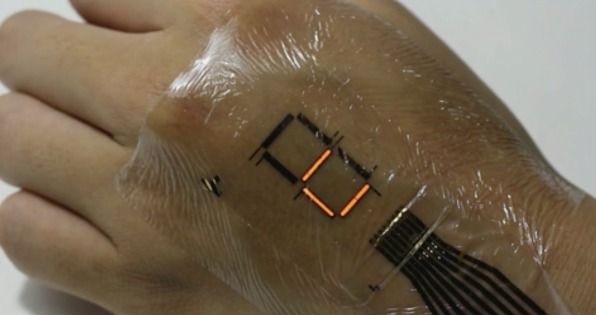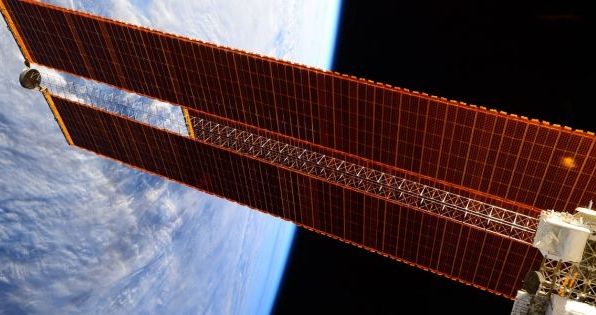Apr 16, 2016
Cyborgs Aren’t Just For Sci-Fi Anymore
Posted by Karen Hurst in categories: biotech/medical, computing, cyborgs, engineering, neuroscience, transhumanism, wearables
Nthing new; nice to see more folks waking up.
We’re moving beyond just prosthetics and wearable tech. Soon, we’ll all by cyborgs in one way or another.
From The Six Million Dollar Man to Inspector Gadget to Robocop, humans with bionic body parts have become commonplace in fiction. In the real world, we use technology to restore functionality to missing or defective body parts; in science fiction, such technology gives characters superhuman abilities. The future of cyborgs may hinge on that distinction.


















